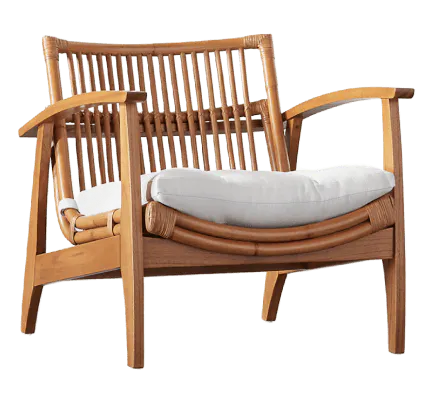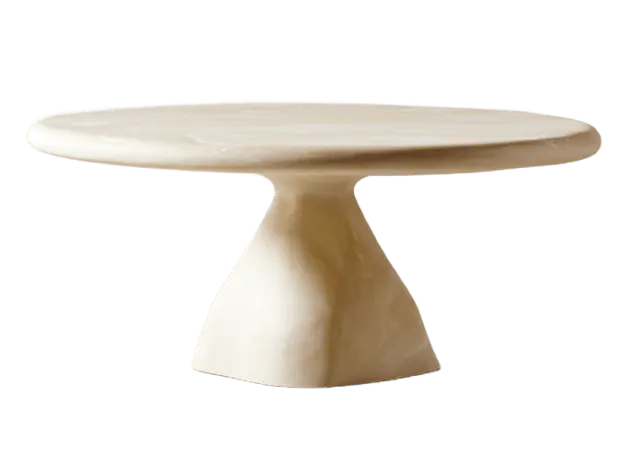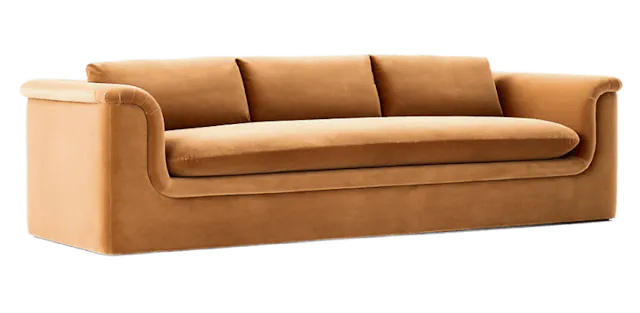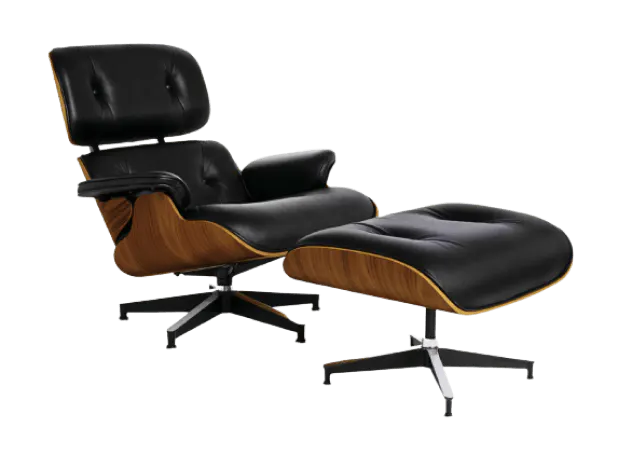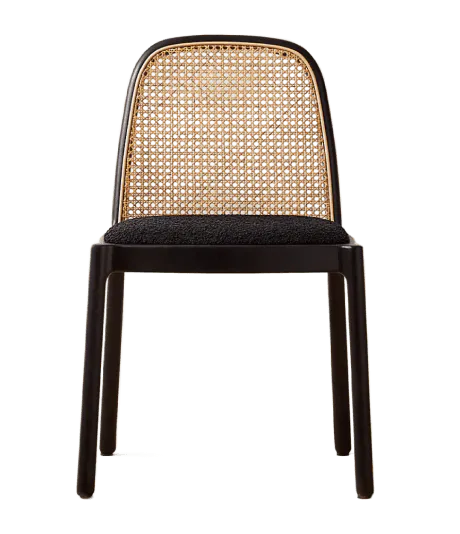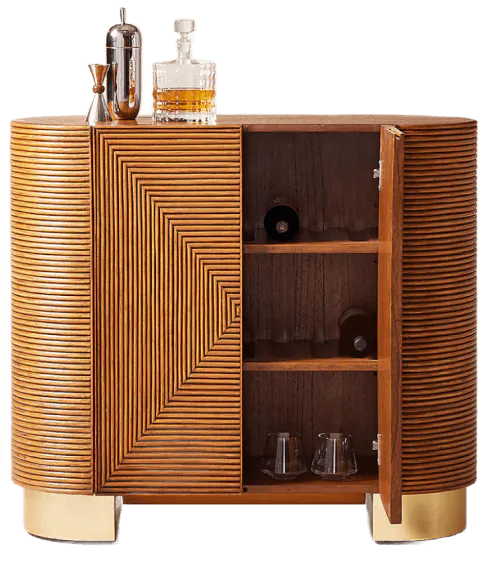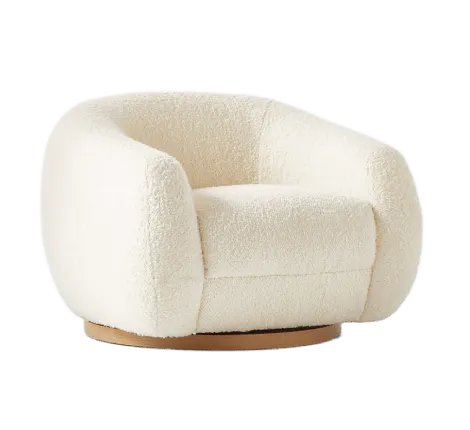Kitchen Island Stools
Things to consider
Measure the height of the kitchen island. Make sure the stool is the right height for comfortable seating. Too high or too low can make sitting awkward.
Think about the style of the kitchen. Choose stools that match or complement the existing design, whether it is modern, rustic, or classic.
Check the material of the stool. Metal, wood, and plastic are common choices. Each has its own look and feel, and some may be easier to clean.
Look at the comfort of the seat. Cushioned stools offer more comfort for longer sitting times, while hard seats might be easier to clean.
Consider the number of stools needed. Make sure there is enough space around each stool for easy movement.
Think about the backrest. Some people prefer stools with back support, while others like the freedom of backless stools.
Good to know
What height should kitchen island stools be?
For kitchen island stools, the ideal height generally depends on the height of the island itself. Standard kitchen islands typically require stools that are about 24 to 26 inches tall from floor to seat if the island countertop is around 36 inches high. For taller countertops, like those at bar height (around 42 inches), stools should be about 28 to 30 inches tall. It's important to have enough legroom between the stool seat and the countertop, usually around 9 to 13 inches.
What materials are best for kitchen island stools?
When selecting materials for kitchen island stools, consider durability, comfort, and style. Popular choices include wood, metal, and upholstered seats. Wood offers a timeless look and can be very sturdy, while metal stools often provide a sleek, modern aesthetic and are easy to clean. Upholstered stools can add comfort and a touch of luxury, but consider using stain-resistant fabrics or easy-to-clean materials if they will see heavy use.
How many stools will fit at my kitchen island?
The number of stools that will fit at your kitchen island depends on the island's length and the desired amount of space between each stool. Generally, you should allow for about 24 to 30 inches of space per stool to ensure comfortable seating and ease of movement. For instance, a 6-foot-long island can typically accommodate three stools comfortably. If your island has a counter overhang, it provides additional legroom, which can be factored into the seating arrangement.
Are backless stools a good choice for a kitchen island?
Backless stools can be a great choice for a kitchen island, especially if you want to maintain a clean, minimalist look or if space is limited. They are easy to tuck under the island when not in use, creating a more streamlined appearance. However, if extended seating comfort is a priority, consider stools with back support, as they offer more ergonomic seating, especially for longer periods.
Do kitchen island stools need to match the island?
Kitchen island stools do not necessarily need to match the island, but they should complement the overall kitchen design. Mixing and matching can add visual interest and personalize the space. Consider choosing stools that either harmonize with the island's color and materials or offer a contrasting accent. It's essential to maintain a cohesive style throughout the kitchen, whether that means matching finishes, colors, or design elements.
What height should kitchen island stools be?
For kitchen island stools, the ideal height generally depends on the height of the island itself. Standard kitchen islands typically require stools that are about 24 to 26 inches tall from floor to seat if the island countertop is around 36 inches high. For taller countertops, like those at bar height (around 42 inches), stools should be about 28 to 30 inches tall. It's important to have enough legroom between the stool seat and the countertop, usually around 9 to 13 inches.
What materials are best for kitchen island stools?
When selecting materials for kitchen island stools, consider durability, comfort, and style. Popular choices include wood, metal, and upholstered seats. Wood offers a timeless look and can be very sturdy, while metal stools often provide a sleek, modern aesthetic and are easy to clean. Upholstered stools can add comfort and a touch of luxury, but consider using stain-resistant fabrics or easy-to-clean materials if they will see heavy use.
How many stools will fit at my kitchen island?
The number of stools that will fit at your kitchen island depends on the island's length and the desired amount of space between each stool. Generally, you should allow for about 24 to 30 inches of space per stool to ensure comfortable seating and ease of movement. For instance, a 6-foot-long island can typically accommodate three stools comfortably. If your island has a counter overhang, it provides additional legroom, which can be factored into the seating arrangement.
Are backless stools a good choice for a kitchen island?
Backless stools can be a great choice for a kitchen island, especially if you want to maintain a clean, minimalist look or if space is limited. They are easy to tuck under the island when not in use, creating a more streamlined appearance. However, if extended seating comfort is a priority, consider stools with back support, as they offer more ergonomic seating, especially for longer periods.
Do kitchen island stools need to match the island?
Kitchen island stools do not necessarily need to match the island, but they should complement the overall kitchen design. Mixing and matching can add visual interest and personalize the space. Consider choosing stools that either harmonize with the island's color and materials or offer a contrasting accent. It's essential to maintain a cohesive style throughout the kitchen, whether that means matching finishes, colors, or design elements.
What height should kitchen island stools be?
For kitchen island stools, the ideal height generally depends on the height of the island itself. Standard kitchen islands typically require stools that are about 24 to 26 inches tall from floor to seat if the island countertop is around 36 inches high. For taller countertops, like those at bar height (around 42 inches), stools should be about 28 to 30 inches tall. It's important to have enough legroom between the stool seat and the countertop, usually around 9 to 13 inches.
What materials are best for kitchen island stools?
When selecting materials for kitchen island stools, consider durability, comfort, and style. Popular choices include wood, metal, and upholstered seats. Wood offers a timeless look and can be very sturdy, while metal stools often provide a sleek, modern aesthetic and are easy to clean. Upholstered stools can add comfort and a touch of luxury, but consider using stain-resistant fabrics or easy-to-clean materials if they will see heavy use.
How many stools will fit at my kitchen island?
The number of stools that will fit at your kitchen island depends on the island's length and the desired amount of space between each stool. Generally, you should allow for about 24 to 30 inches of space per stool to ensure comfortable seating and ease of movement. For instance, a 6-foot-long island can typically accommodate three stools comfortably. If your island has a counter overhang, it provides additional legroom, which can be factored into the seating arrangement.
Are backless stools a good choice for a kitchen island?
Backless stools can be a great choice for a kitchen island, especially if you want to maintain a clean, minimalist look or if space is limited. They are easy to tuck under the island when not in use, creating a more streamlined appearance. However, if extended seating comfort is a priority, consider stools with back support, as they offer more ergonomic seating, especially for longer periods.
Do kitchen island stools need to match the island?
Kitchen island stools do not necessarily need to match the island, but they should complement the overall kitchen design. Mixing and matching can add visual interest and personalize the space. Consider choosing stools that either harmonize with the island's color and materials or offer a contrasting accent. It's essential to maintain a cohesive style throughout the kitchen, whether that means matching finishes, colors, or design elements.
